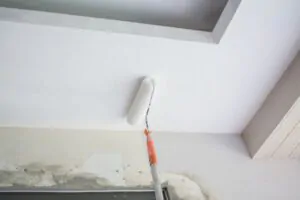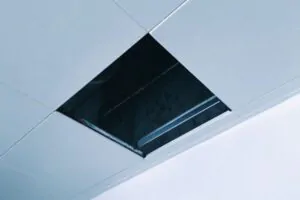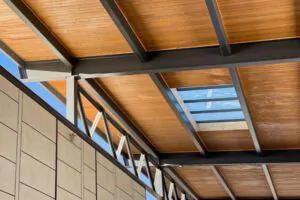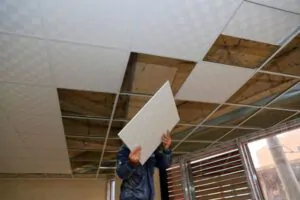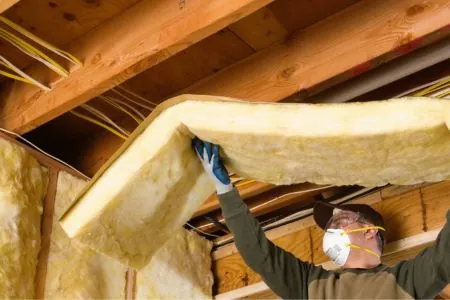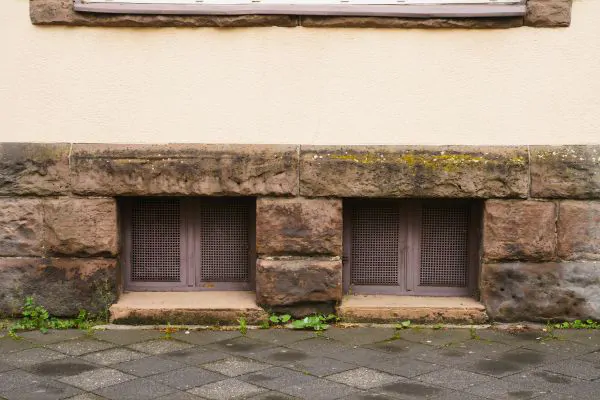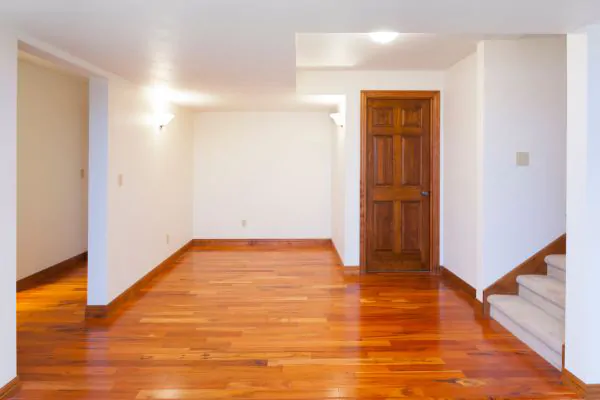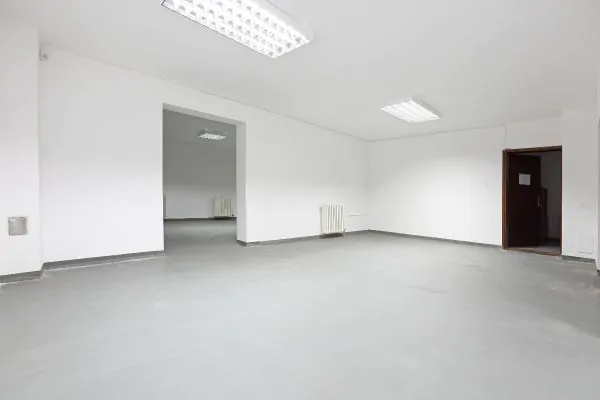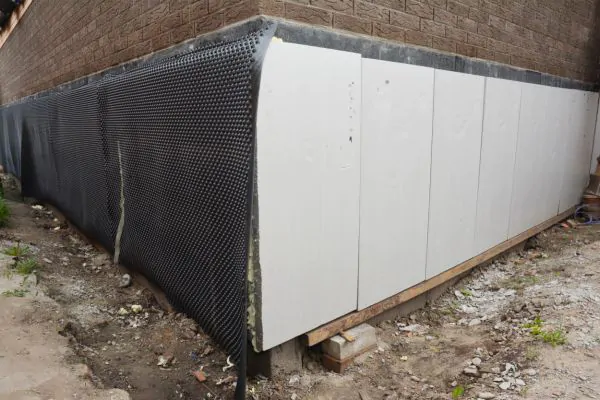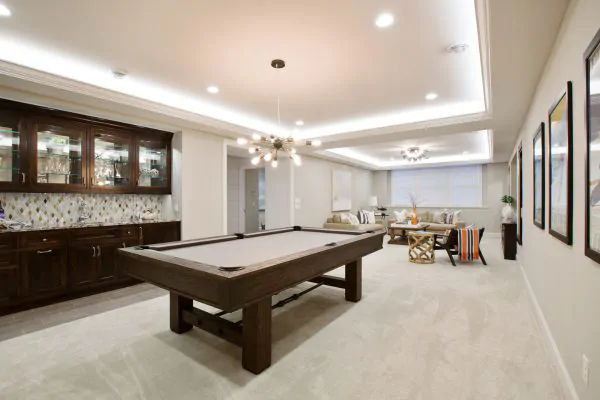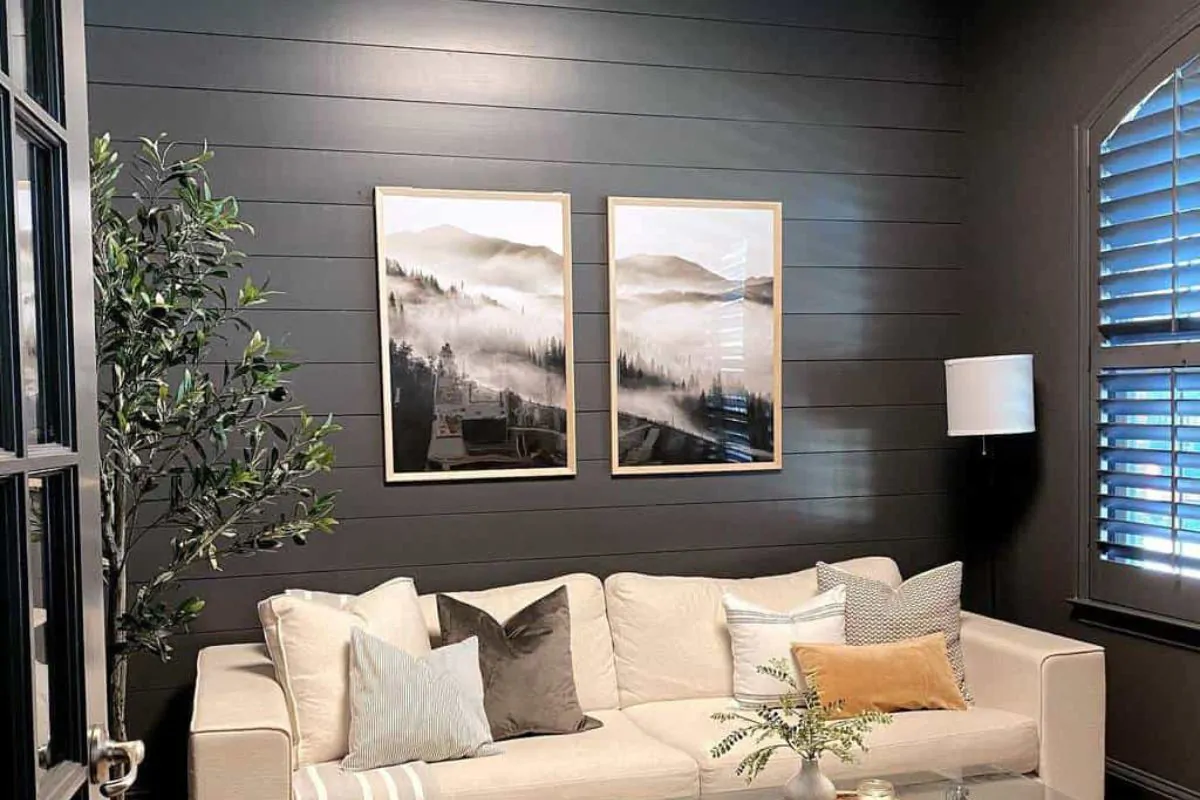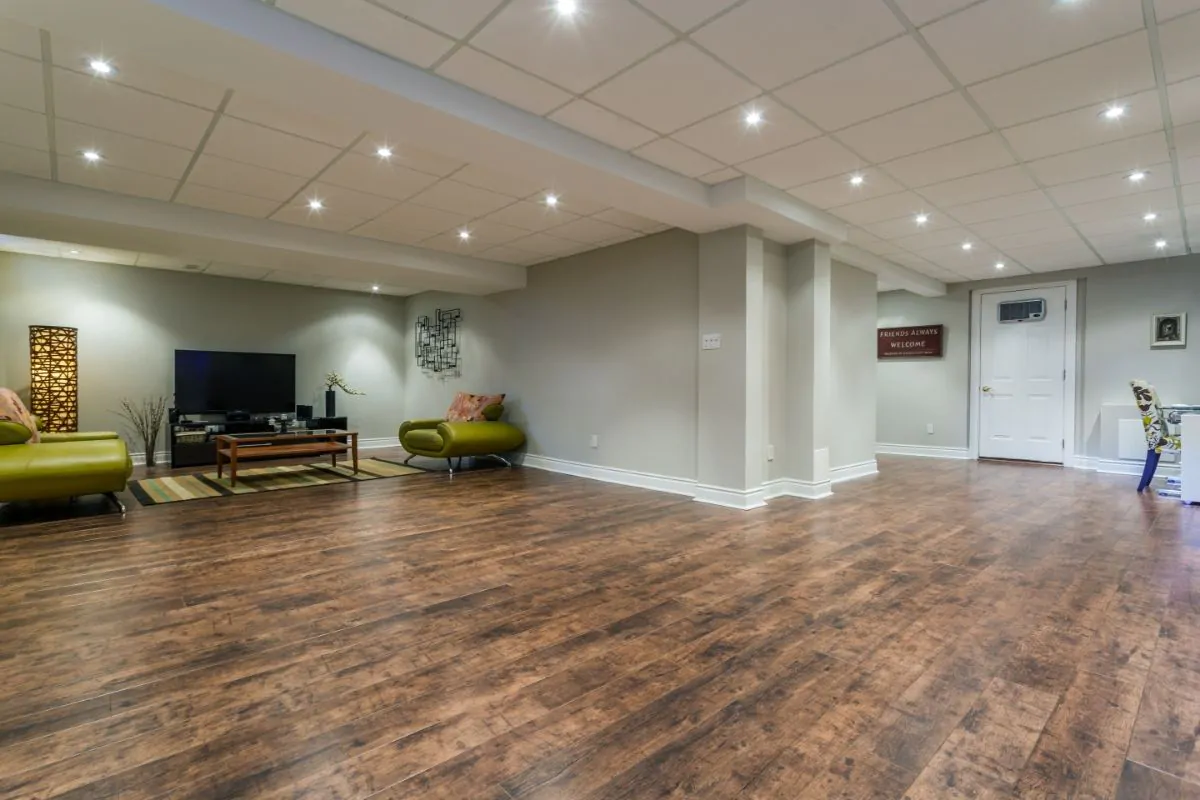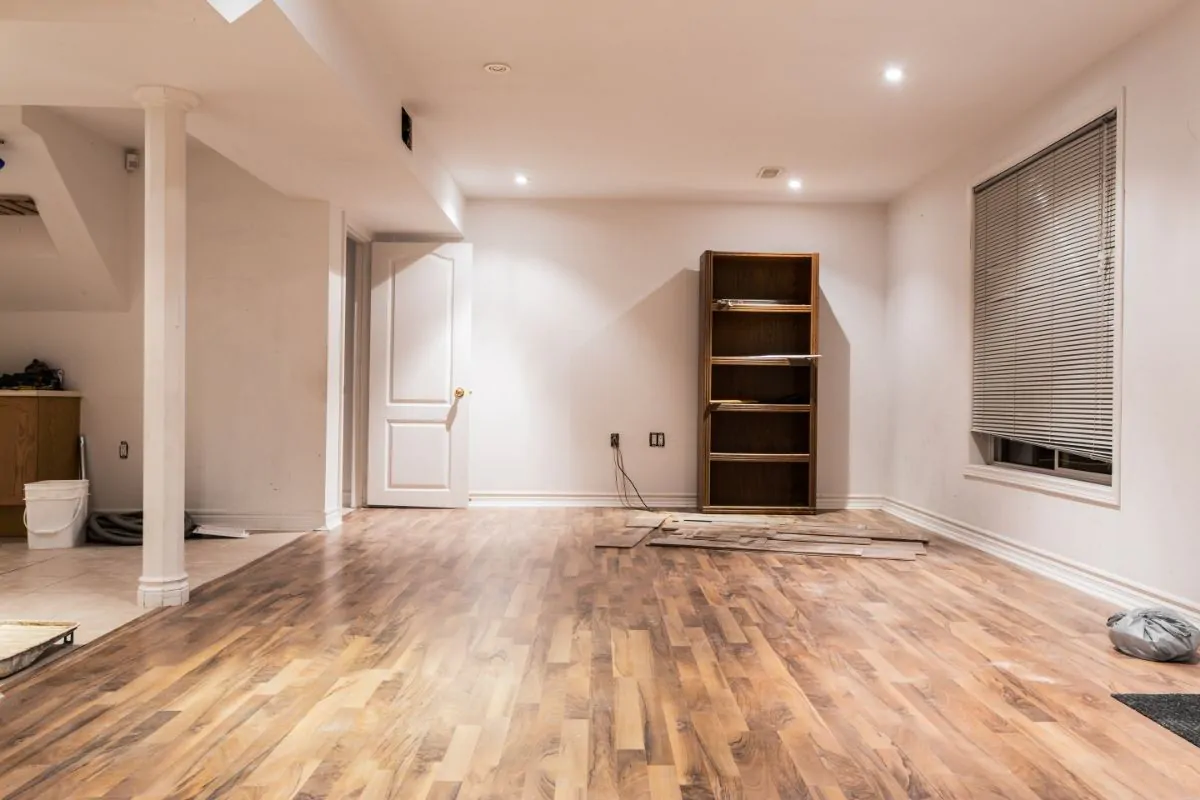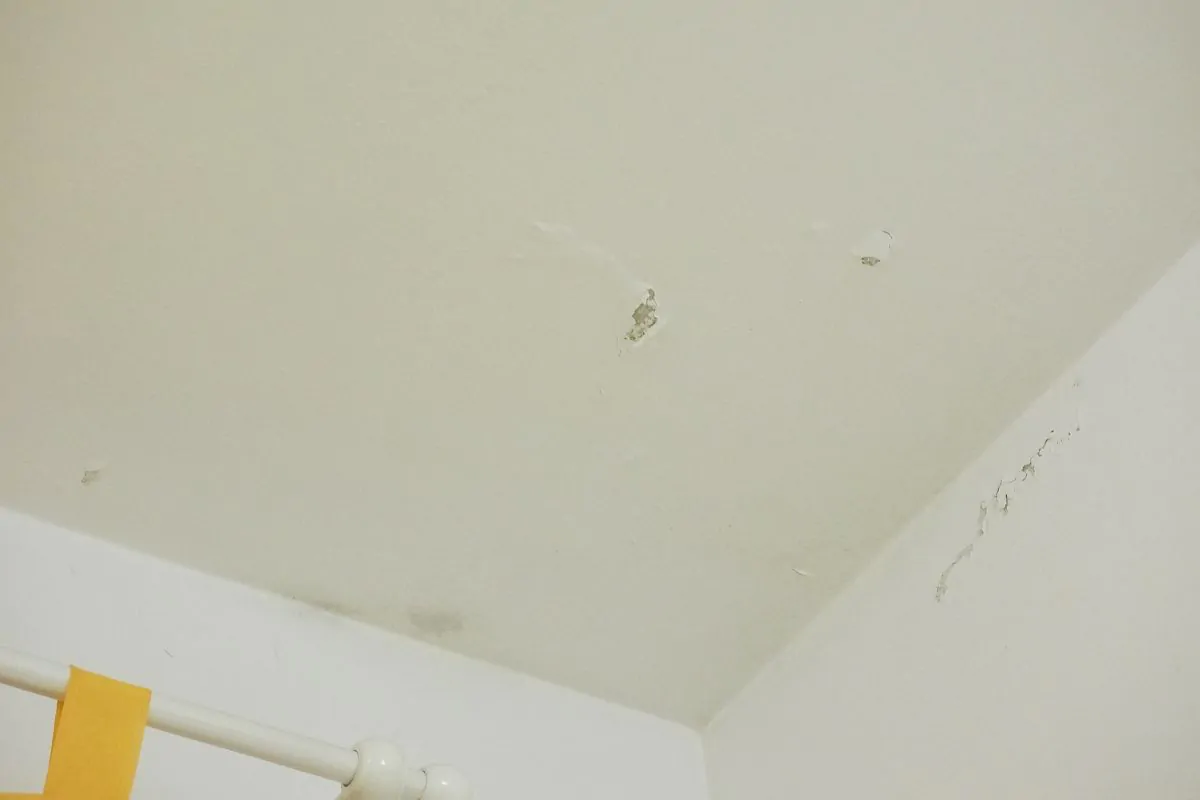ceiling, basement, dropped ceiling, waterproofing, plumbing, drywall, wood, space, lighting, floor, paint, tile, interior design, room, window, metal, joist, mildew, kitchen, pipe, duct, bathroom, soundproofing, tin, color, email address, home improvement, mold, design, pest control, attic, moisture, internet, furniture, heat, tongue and groove, advertising, beam, basement waterproofing, basement finishing, corrugated, electrical wiring, plaster, bedroom, renovation, absorption, shiplap, password, insurance, pest, plastic, copper, asbestos, bronze, rss, carpet, wall, tool, concrete, silver, shower, construction, home automation, tongue, garage, tin ceiling, wire, basement suspended ceiling options, coffer, noise, square foot, adhesive, man cave, javascript, roof, general contractor, contractors, basement remodel, pro, plywood, panelling, screw, furring, popcorn ceiling, deck, garden, masonry, lumber, brick, lawn, humidity, account, pros, black basement ceiling, projects, exposed basement ceiling, diy, ideas, floor joists, armstrong ceilings, joists, remodeling, basement drop ceiling alternatives, drop ceiling options for basements, coffered ceiling in basement
What is the average cost of a basement drop ceiling?
The average cost of a basement drop ceiling typically ranges from $1 to $3 per square foot. This price may vary based on materials, design complexity, and local labor rates, making it essential to get a detailed estimate for your specific project.
Are drop ceilings suitable for low basement ceilings?
Drop ceilings are a suitable option for low basement ceilings as they help conceal ductwork and plumbing, providing a clean look while allowing for easy access to utilities. Their adjustable height makes them ideal for spaces with limited vertical clearance.
Are there any DIY drop ceiling options for basements?
DIY drop ceiling options for basements include using lightweight tiles designed for easy installation and various grid systems that allow for customization. These options provide a cost-effective solution to enhance your basement's aesthetics and provide easy access to plumbing and electrical systems.
What are the best drop ceiling materials for a basement?
The best drop ceiling materials for a basement include acoustical tiles, vinyl, and mineral fiber panels. These options are moisture-resistant, provide good sound absorption, and can enhance the overall aesthetic of your finished basement space.
What materials are used for basement drop ceiling tiles?
The materials used for basement drop ceiling tiles typically include mineral fiber, fiberglass, PVC, and metal. These materials are chosen for their durability, moisture resistance, and ease of installation, making them ideal for basement environments.
Are there any building codes for basement drop ceilings?
Building codes for basement drop ceilings exist to ensure safety and compliance. These regulations may vary by location, so it's essential to check local building authority guidelines when planning your basement renovation.
How do I measure for a basement drop ceiling installation?
To measure for a basement drop ceiling installation, start by determining the room's dimensions: length and width. Then, measure the height from the floor to the lowest point of the ceiling. Ensure to account for any obstructions, such as pipes or ductwork.
What is the cost of a drop ceiling for a basement?
The cost of a drop ceiling for a basement typically ranges from $2 to $5 per square foot, depending on materials and installation specifics. Overall, budgeting for around $1,500 to $3,000 for an average basement is advisable.
What are the different types of basement drop ceiling options?
The different types of basement drop ceiling options include acoustic tiles, drywall ceilings, vinyl-coated tiles, and metal ceilings. Each type offers unique aesthetics and benefits, allowing homeowners to choose based on style, noise reduction, and maintenance needs.
What are the benefits of a drop ceiling in a basement?
The benefits of a drop ceiling in a basement include easy access to plumbing and electrical systems, improved sound insulation, and a variety of design options that enhance the aesthetic appeal of the space while providing essential functionality.
What styles of basement drop ceilings exist?
The styles of basement drop ceilings include acoustic tiles, metal ceilings, and vinyl tiles, each offering unique aesthetics and soundproofing benefits to enhance the overall design and functionality of your basement space.
How long do basement drop ceilings last?
The lifespan of basement drop ceilings typically ranges from 15 to 30 years, depending on the materials used and maintenance practices. Proper care can extend their durability, making them a practical choice for basement finishing.
What are maintenance tips for drop ceilings?
Maintenance tips for drop ceilings include regularly dusting the tiles with a soft cloth, checking for water damage or stains, and ensuring proper lighting to highlight any issues. Replace damaged tiles promptly to maintain aesthetics and functionality.
Can I install tiles over a drop ceiling?
Installing tiles over a drop ceiling is possible, but it requires ensuring that the grid system can support the additional weight. It's essential to choose lightweight tiles and verify proper installation to avoid sagging or damage.
What colors are available for basement ceiling tiles?
The available colors for basement ceiling tiles include classic white, soft grays, and various shades of beige, as well as bold colors like black or navy. This variety allows homeowners to customize their basement aesthetics to suit their design preferences.
How do drop ceilings improve basement aesthetics?
Drop ceilings enhance basement aesthetics by creating a clean, cohesive look that can hide ductwork and plumbing, while providing a modern finish. They also allow for integrated lighting options, which can significantly brighten and elevate the visual appeal of the space.
What insulation options work with drop ceilings?
The insulation options that work well with drop ceilings include fiberglass batts, rigid foam boards, and spray foam insulation. These materials effectively manage temperature and sound, making them suitable for enhancing comfort and efficiency in basement spaces.
Are drop ceilings fire-resistant for basements?
Drop ceilings can be fire-resistant in basements, depending on the materials used. Many manufacturers offer drop ceiling tiles that meet fire safety standards, making them a suitable choice for enhancing safety while finishing your basement.
What height requirements exist for drop ceilings?
The height requirements for drop ceilings are generally between 7 to 8 feet from the floor, ensuring sufficient headroom while accommodating mechanical systems. Always consult local building codes for specific regulations in your area.
How to install lighting in a drop ceiling?
Installing lighting in a drop ceiling involves first determining the placement of your lights, then cutting holes in the ceiling tiles for fixtures. Finally, secure the fixtures to the ceiling grid and connect the wiring to a power source.
Can drop ceilings accommodate ductwork and pipes?
Drop ceilings can effectively accommodate ductwork and pipes. Their grid system allows for easy access and modification, making them an ideal choice for basements with existing utilities that need to remain functional and accessible.
What is the installation process for drop ceilings?
The installation process for drop ceilings involves measuring the space, marking the ceiling layout, installing the main grid and cross tees, and finally placing the ceiling tiles into the grid. Proper alignment and adjustments are key for a seamless finish.
Are there eco-friendly options for ceiling tiles?
Eco-friendly options for ceiling tiles are available and include materials like reclaimed wood, recycled metal, and sustainable products such as bamboo or cork. These options help reduce environmental impact while enhancing the aesthetic appeal of your basement.
What soundproofing solutions are available for drop ceilings?
Soundproofing solutions available for drop ceilings include using acoustical ceiling tiles, adding resilient soundproofing barriers, and incorporating insulation materials. These options help minimize noise transfer and enhance the overall sound quality in basement environments.
How do I clean basement ceiling tiles properly?
Cleaning basement ceiling tiles properly involves gently vacuuming or wiping them with a damp cloth to remove dust and debris. For tougher stains, use a mild detergent mixed with water, and avoid soaking the tiles to prevent damage.
What are common mistakes during drop ceiling installation?
Common mistakes during drop ceiling installation include inadequate measurements, neglecting to check for plumbing or electrical lines, improper grid alignment, and failing to account for ceiling height variations. These errors can lead to an unprofessional finish and costly adjustments.
Can I use metallic tiles in basements?
Metallic tiles can be used in basements, offering a modern and stylish look. However, ensure proper humidity control to prevent damage, as basements can be prone to moisture issues. Consider using tiles specifically designed for damp environments for best results.
What are the pros and cons of drop ceilings?
The pros and cons of drop ceilings include easy access to plumbing and wiring, sound absorption, and a variety of aesthetic options. However, they can limit height, may not be as durable, and can accumulate dust over time.
Is it possible to customize drop ceiling layouts?
Customizing drop ceiling layouts is entirely possible. Homeowners can tailor the design, tile patterns, and grid configurations to suit their aesthetic preferences and functional needs, ensuring a unique and personalized basement space.
What design trends are popular for basement ceilings?
Popular design trends for basement ceilings include exposed beams for a rustic look, drop ceilings for flexibility and easy access to utilities, and painted ceilings to enhance brightness and create a more open feel.
drop ceiling options for basements, basement ceiling options, ceiling options for basement, basement drop ceiling options, types of basement ceilings, options for basement ceilings


